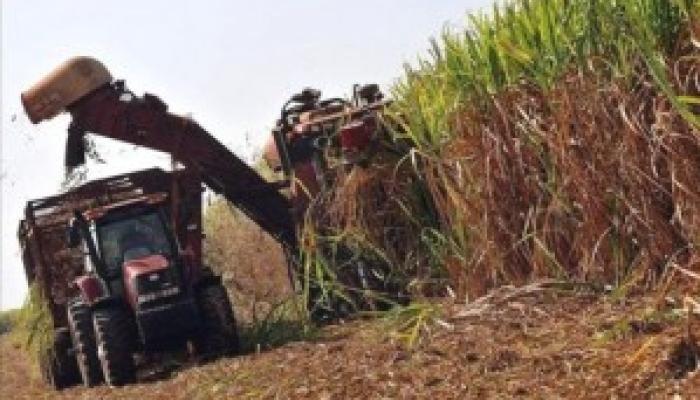The sugar cane harvest that just ended in Cuba increased the sugar yield but did not reach the expected production goal, and thus left many lessons to learn before starting the next process late this year.
Although the overall sugar output increased by three percent with respect to the previous year, the expected 18-percent growth or 1.8 million tons of sugar, was not reached, as ineffective planning an organization of the industrial process was at the center of consideration by specialists.
For many, lack of training and skillfulness of the personnel involved in the campaign and inefficient preparation of sugar mills were among the main difficulties that did not allow an important group of factories to reach the production goal.
Add to this, the adverse climatic conditions which led to time waste due to excessive humidity in the fields during a harvest, 90 percent of which was based on mechanization. Also critical was the high temperature in the Cuban winter season and frequent rains.
While analyzing results of the 2012-2013 sugar campaign, Cuban vice-president Jose Ramon Machado Ventura stressed the importance of keeping stable processing of large amounts of sugar cane in order to meet production schedules.
A sugar campaign can be considered of optimum quality when it contributes the largest possible output in the shortest possible time.
Some point at the appropriate planning of the campaign by combining a group of factors to reach high efficiency, such as the selection of the seeds, the planting season, fertilization and watering, and other agricultural activities, as well as the repair and preparation of sugar mills and the training of personnel.
Although a detailed analysis of the recent campaign is still to be done, workers in the sector are already preparing the upcoming process.
Based on a group of measures adopted by the Cuban government, the sugar sector has increased sugar cane plantations by over 20 percent over the past few years and has reopened 11 sugar plants that were previously paralyzed.
The economic sector is now focusing on the increase of the sugar cane yield and the renovation and increase of the areas dedicated to cultivating sugar cane in order to have a progressively growing production of sugar.
The current sugar yield are considered as the highest in the past 22 years, standing for 43 tons per hectare, if compare to only 23.7 tons per hectare three years ago.
While sugar is the main product obtained from sugar cane, derivatives such as energy, boards, alcohol, animal feed, and many others tell about the importance of boosting the development of the sector, which is closely linked to the history and culture of the Cuban people.(Source: Prensa Latina)
Matérias relacionadas
Comentários
Deixe um comentário
Todos os campos são requeridosMais vistas
- Ministro das Relações Exteriores de Cuba transmite condolências pelos mortos em acidente aéreo nos EUA
- Díaz-Canel recebe a Ordem do Patriarca Ecumênico Bartolomeu como reconhecimento ao apoio de Cuba à Igreja ortodoxa grega
- Presidente Díaz-Canel participa da inauguração da Conferência Internacional para o Equilíbrio do Mundo
- Governo colombiano envia avião militar para transportar deportados dos EUA
- Lula e Putin conversam por telefone sobre agenda bilateral e global


